Optimizing Dust Collector Filter Cleaning Technology
Key improvements in dust collection occurred when active cleaning was developed to recondition filter media that stayed in the collector.
By Karen Wear, Donaldson Torit Product Manager
Increased Filter Life & Energy Savings
Early dust collection systems used passive filtration to separate dust from various airstreams. Filters inside a collector gradually loaded with dust, and, over time the pressure drop across the filter media increased until there was so much resistance the airflow through the system dropped below an acceptable level. The filter media then had to be removed, disposed of, and clean filter media installed in order to return the system to the original operating airflow conditions. (Clean filters return a system to a lower pressure drop condition.)
Active Filter Cleaning
A key improvement in dust collection occurred when active cleaning was developed to recondition filter media that stayed in the collector. Over the years, various methods of active cleaning were applied to dust collectors, including both mechanical and reverse air methods. Each method provided filter cleaning with varying degrees of success. The objective in each method was to remove any built up “dust cake” from the surface of the filter, thereby reducing the pressure drop across the filters and extending filter life, in effect extending the time between actual filter media changes.
Mechanical Cleaning
Mechanical cleaning was introduced to the industry early as a low technology form of active cleaning. Mechanical cleaning involved shaking or shocking filters to dislodge the built up dust cake. This cleaning method allowed a portion of the built up dust to be removed periodically to extend filter life. Mechanical cleaning systems (Figures 1 and 2) could be manual (i.e. a hand lever or foot lever to shake or bend the filters) or automated (motor driven device to shake or vibrate the filters). This was an improvement over passive cleaning but was still limited in effectiveness because it required the airflow through the system be shut off prior to cleaning. This pattern of shutting down the collector categorized it as an intermittent duty cleaning system; cleaning only occurred when the dust collector was shut off and all filters were cleaned at the same time. The airflow in the system would therefore show a pattern as pressure drop decreased after cleaning (airflow increased), then over time the pressure drop would climb again (airflow decreased). Overall, the performance of the cleaning system was very dependent on how often the collector could be shutdown.
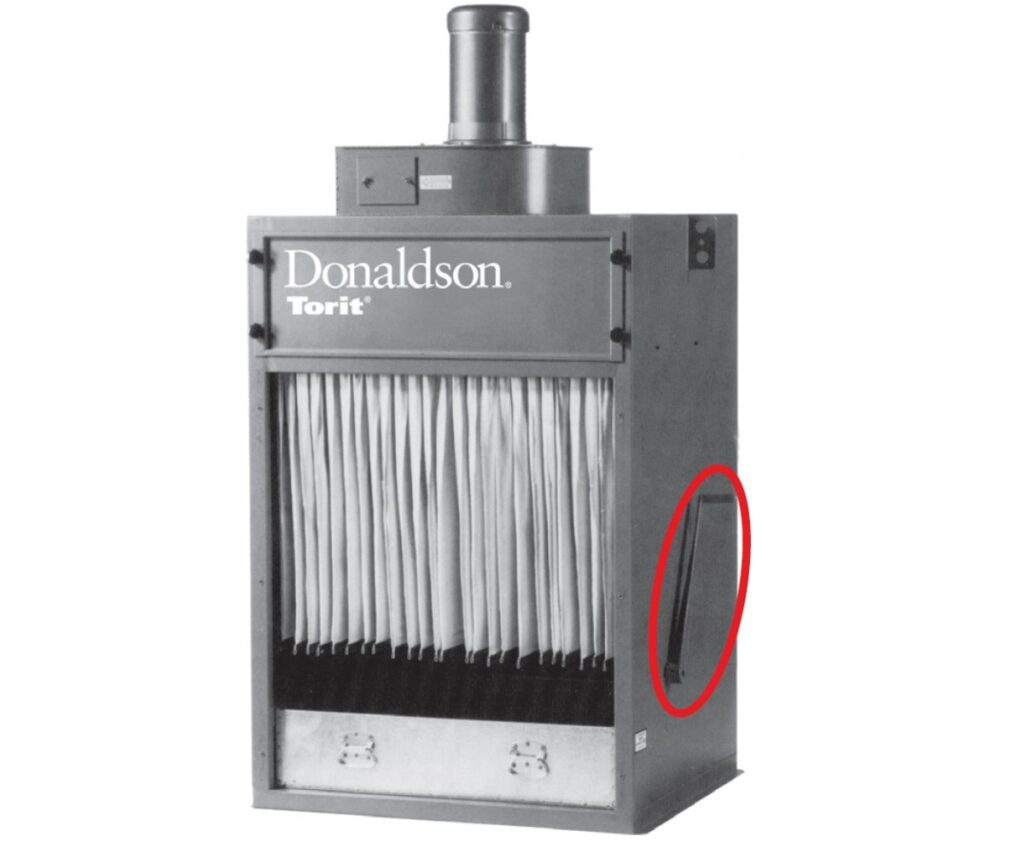

Reverse Air Cleaning
Reverse Air Cleaning introduced an airflow in the opposite direction of the filtered air (Figure 3). The reverse airflow would penetrate the filter media from the clean filter side and knock the dust cake off the outer surface of the filter. Multiple methods were used to accomplish the reverse flow including fans and compressed air.
Low to medium pressure reverse air cleaning systems typically used a continuously running fan blowing a large volume of low-pressure air in the opposite direction of the filtered air stream (Figure 4). The reversed airflow blew the dust cake off of the surface of the filter media during the cleaning process.
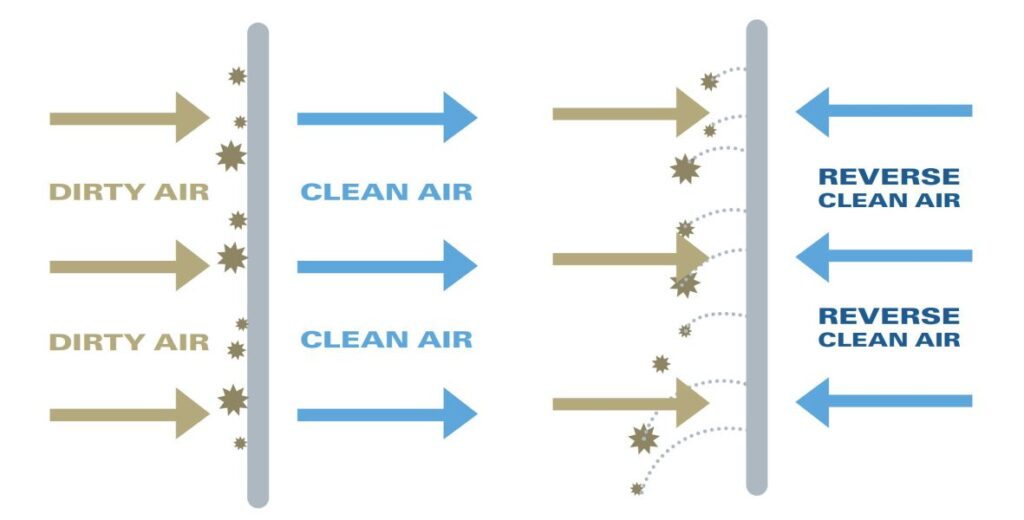
Typically, the reverse air fan was run continuously with only a few filters being cleaned at any given time. This method of cleaning produced what was considered a continuous duty system because the dust collector did not have to be shut down during the actual filter media cleaning process.
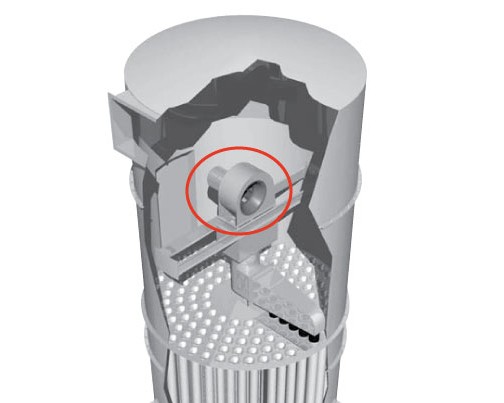
Pulse-Jet Cleaning

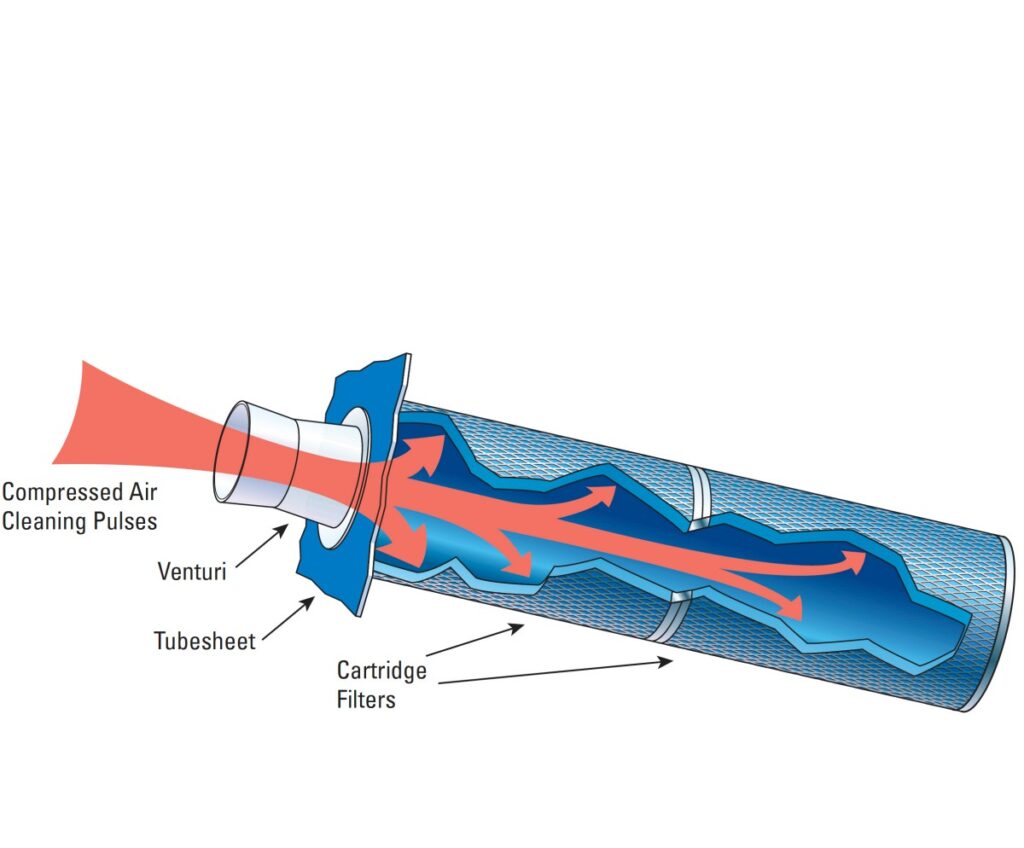
Continuous Duty "On-line" Cleaning
Continuous duty, or “on-line” cleaning, provides an advantage by not disrupting the primary airflow during cleaning, allowing the dust collector to operate during the actual cleaning cycle. Only a few filters are cleaned at any given time, though the system will eventually clean all the filters. Some cleaning systems will run 100% of the time, like the low pressure reverse air systems. Others are dependent on the observed filter condition (pressure drop) and will not initiate cleaning until the pressure drop reaches a specific high set point. Over time, as dust loading increases on the filter media, the pressure drop-dependent cleaning systems may start to run more constant cleaning cycles due to the heavier dust loads or the filters reaching the end of their effective life.
Optimizing Pulse-Jet Cleaning
Pulse-jet cleaning has been refined for years in order to optimize the effectiveness of the cleaning system. Initially, a pulse of compressed air was just aimed at the filters, and the higher force of the compressed air increased the level of cleaning compared to a fan because a larger burst of energy pushed more dust off the filter media. This process was improved again by the addition of a blowpipe (nozzle) or jet tube in the clean air plenum of the dust collector. The blowpipe was used to help concentrate or manage the pulse energy to direct it towards the filter.
Addition of a Venturi Chamber
Another improvement was the addition of a venturi in the clean air plenum (Figure 7). The venturi affected how the compressed air flowed into the clean side of the collector, how air followed the pulse of cleaning air, and how the cleaning air passed into the clean side of the actual filter. The venturi directed the flow of compressed air into the filter and optimized the cleaning power.
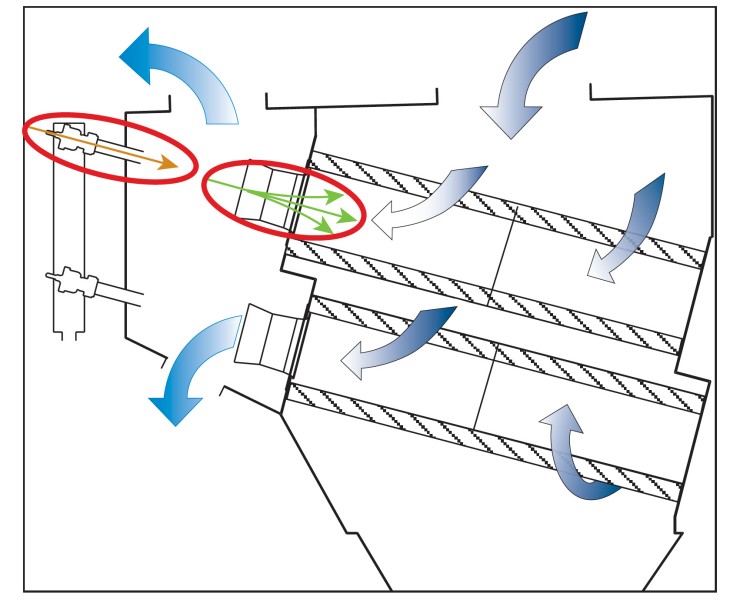
Advanced Pulse Energy Cleaning
Advanced Pulse Energy shaping represents the next advancement of pulse cleaning, first introduced with the addition of PowerCore® filter technology. The PowerCore element is a compact, efficiently designed filter pack that allowed refinement of the pulse cleaning system, resulting in a filter that handles heavy loading and recovers efficiently from system upsets.
Pulse Shaping
One way this was accomplished was through a pulse accumulator that shaped the compressed air and optimized the pulse energy contacting the filter pack without restricting airflow or wasting energy (Figure 8).
Zero-Turn Pulse
Another technique is to control and optimize the direction of compressed air into the filter media using a zero-turn pulse design. The pulse flows with maximum cleaning energy in straight-line paths through the media (Figure 9) allowing the dust to easily pulse out of the fluted channels.
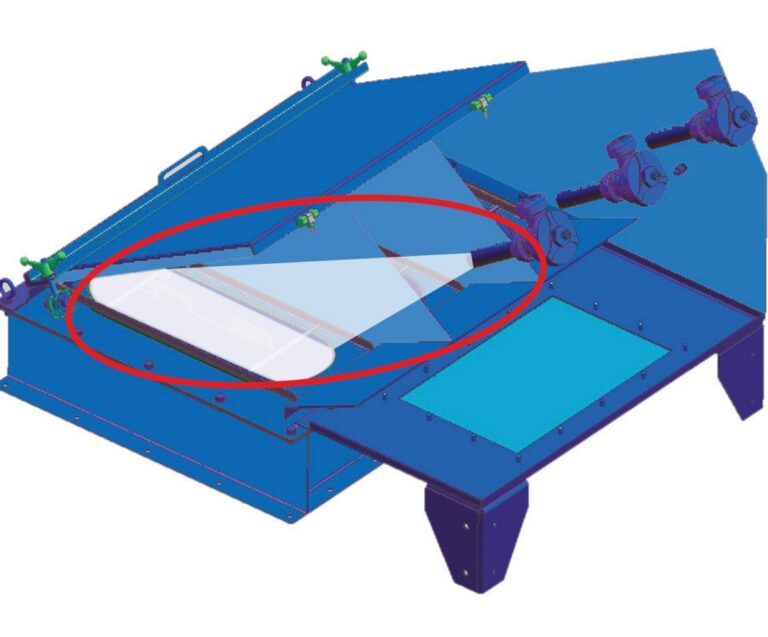
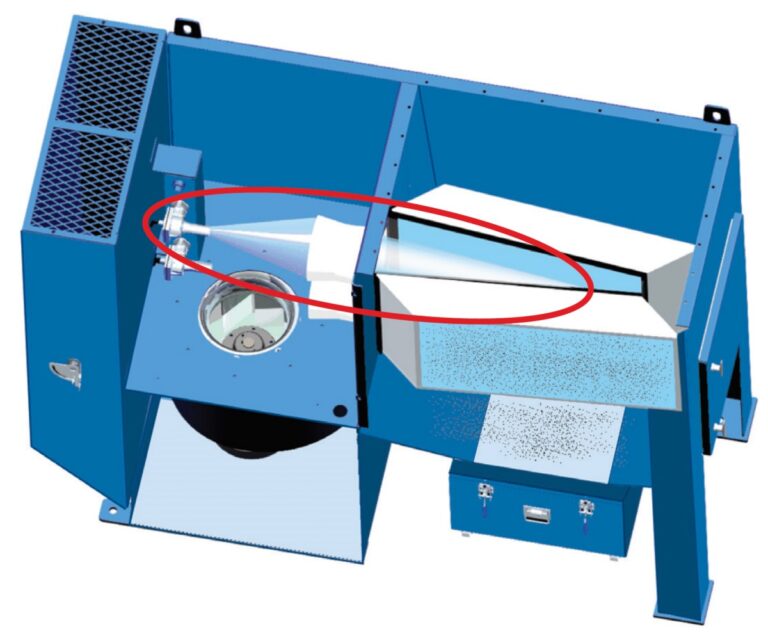
Summary
The transition from passive filtration to active cleaning in the dust collection industry has produced a variety of cleaning systems used in dust collectors. On-line cleaning, pulse-jet technology, and new PowerCore® filter designs have all led to improved cleaning systems. Filter cleaning optimization maximizes the life of the filter media while minimizing the amount of energy needed to achieve the best possible cleaning cycle – a win all the way around for dust collector owners and operators! If your collector’s cleaning technology is not as effective as it could be,

AST Canada has been helping clients find solutions for their unique Dust, Mist & Fume Collection needs for more than 40 years.
We can help you too.

